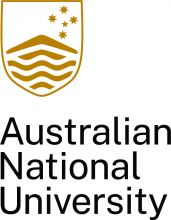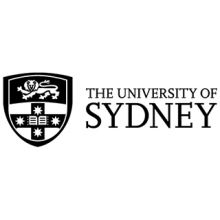Australia’s government should only bail universities out of their coronavirus-induced financial crisis if they refocus on the needs of domestic students and industry, a new report argues.
Melbourne demographers say Australian universities’ drive to maximise revenue from international students has come at the expense of domestic enrolments, with foreigners’ claiming almost half of commencing places at the nation’s most prestigious institutions – a situation about to be overturned by the pandemic, with up to half of overseas enrolments set to vanish by mid-2021.
The report, by independent thinktank the Australian Population Research Institute, says universities now “want to return to the government fold” after going “out on their own” to pursue income from overseas students.
“Not much can be done about the export revenue at least for the next year or so, but the government can contribute to universities’ educational and research expenses,” it says. “If this is to occur, the universities should be required to deliver educational and research activity relevant to Australian domestic students and to Australian industry needs.”
The report found that by 2018, foreigners typically comprised over 44 per cent of commencing students at the nation’s six most highly ranked institutions – the universities of Melbourne, Monash, Queensland, Sydney, UNSW Sydney and the Australian National University – up from less than 27 per cent in 2012.
“[They] have used what capacity they had to increase student commencement numbers to accommodate overseas students…not to train more domestic students,” the report says. “It was the universities…that chose to put all their financial eggs in the overseas student revenue basket [and] to ignore any responsibility to train extra domestic students.”
The claims contradict a frequently expressed view that far from taking university places from Australians, international students subsidise locals’ study. ANU policy expert Andrew Norton told a Times Higher Education forum that universities had not reduced their domestic cohorts under the demand-driven funding system, even though they were no longer required to admit minimum numbers of locals.
Professor Norton said a focus on prestige as well as revenue had discouraged some universities from rapidly expanding their domestic numbers, which would have forced them to accept school-leavers with lower tertiary admission scores. “The big test, though, will be in the next few years where we may well get some increased funding for domestic undergraduates,” he added.
“We’ll have all these vacant spots in lecture theatres that international students are not taking. Will universities say, ‘we’ve got no choice but to increase our domestic student enrolments’?”
University of Sydney historian Julia Horne has argued that far from being a recent phenomenon, privately funded overseas students have been in Australia for almost a century and vastly outnumbered government-sponsored overseas students during the 1950s and 1960s heyday of the Colombo Plan.
Writing in The Conversation, Dr Horne said international students had only become significant revenue earners for universities from the early 2000s, after a decade of reduced government outlays: “Since government funding no longer covered the full costs of expensive research or the strong growth in domestic students, universities had to find funds from elsewhere.”
But Professor Norton’s own analysis suggested this was only partially true. “The growth in international student revenue, which delivers huge profits, has vastly outstripped cuts,” he said.
“In international markets, universities are doing much more than just making up for some lost government funding.”
Register to continue
Why register?
- Registration is free and only takes a moment
- Once registered, you can read 3 articles a month
- Sign up for our newsletter
Subscribe
Or subscribe for unlimited access to:
- Unlimited access to news, views, insights & reviews
- Digital editions
- Digital access to THE’s university and college rankings analysis
Already registered or a current subscriber? Login












